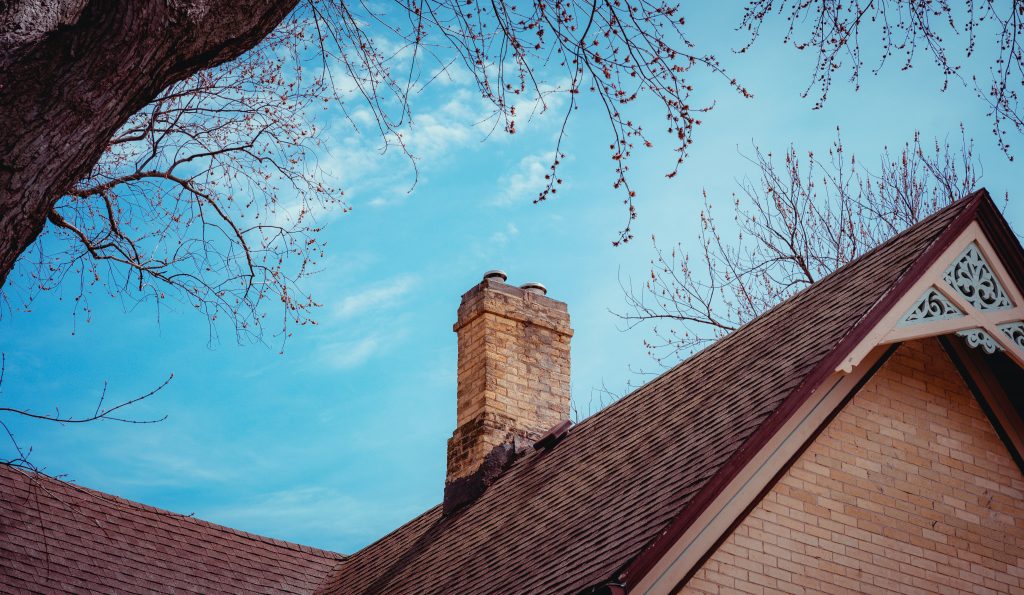
Building Survey
If you’re in the process of buying a home, one of the items on your to-do list will be to book in a Building Survey. But is this really necessary? After all, there’s already so much on your plate, from choosing your soft furnishings, to filling out jargon-heavy forms! For many, building surveys might just seem like an extra, unnecessary, and avoidable cost. But for many new homeowners, however, they could end up saving you thousands down the road in repair work. With this in mind, what does a survey actually consist of, and why is it so important?
What Does a Full Building Survey Include?
Building surveys inspect all accessible parts of a building for any existing or potential damage and defects. This includes both the interior and exterior features of the property. If any issues that require immediate or future repairs are revealed, they are included within a detailed structural report. This report will include the following areas:
- An outline of the inspections purpose.
- An overall summary of the property, including its type, date of construction, and local environment.
- Inspection of any external features, including chimney stacks, trees, external walls, and more.
- Inspection of any internal features, including floors, walls, insulation, and decorations.
- A visual overview of the property’s utilities.
- An inspection of any other features on the land, including garages, outbuildings, and gardens.
- Any issues relating to the environment such as flood risks or contamination.
- A summary of the property’s general condition.
- A list of recommended repairs, associated costs, and timescales.
Building surveys are the most comprehensive survey level.
How Important Are Surveys?
Especially if you’ve never owned a property before, getting it surveyed can be immensely reassuring. Without a survey, you run the risk of encountering unexpected repair and maintenance costs after you move in. By conducting a survey beforehand, however, you can renegotiate a lower price or request the seller fixes these issues before signing.
What Properties Are Building Surveys Recommended For?
The level of detail recorded in a Building Survey isn’t always necessary for all types of properties. Where your home is a new-build, for example, you can often get away with a less-invasive survey (we’ll come back to this later!) For a select few properties, such as listed buildings and those over 50 years old, however, a comprehensive property health check is required.
What Other Surveying Options Are There?
If you feel a full Building Survey may not be required, other surveying options are available. Whilst they are less comprehensive, they can still provide a useful insight into your home’s condition. These are:
- Condition Report: This is the cheapest, and most basic surveying option available. Whilst it does identify any visual defects and potential risks, it doesn’t provide any remedial advice.
- Homebuyer Report: This is slightly more detailed than a condition report, yet it still has its limitations due to being non-intrusive. This means the surveyor won’t look under floorboards or behind furniture, as an example. It does, however, include advice on repairs and maintenance.
Contact Us
For more information about booking a Building Survey with our RICS surveyors, get in touch! To reach out team, call us on 01245 326 200 or just click here.
